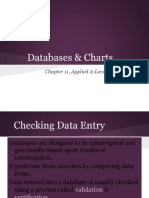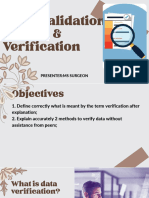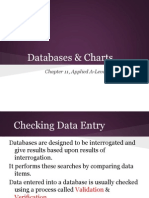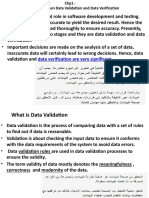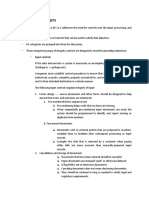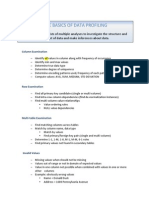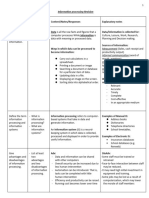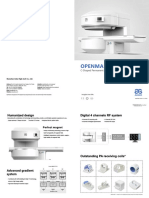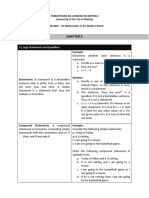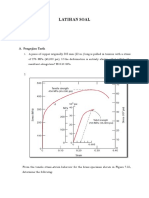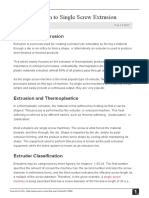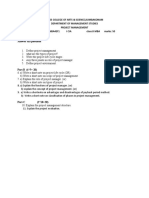0% found this document useful (0 votes)
7 views2 pagesData Verification and Validation
Data verification ensures that data entered into a system matches the original source, preventing errors during data transfer and maintaining reliability. It includes methods such as double entry checks, proofreading, and visual checks. Data validation, on the other hand, ensures that the data is logical and complete according to predefined rules, utilizing checks like range, format, presence, and length to ensure usability.
Uploaded by
parryleodale0Copyright
© © All Rights Reserved
We take content rights seriously. If you suspect this is your content, claim it here.
Available Formats
Download as DOCX, PDF, TXT or read online on Scribd
0% found this document useful (0 votes)
7 views2 pagesData Verification and Validation
Data verification ensures that data entered into a system matches the original source, preventing errors during data transfer and maintaining reliability. It includes methods such as double entry checks, proofreading, and visual checks. Data validation, on the other hand, ensures that the data is logical and complete according to predefined rules, utilizing checks like range, format, presence, and length to ensure usability.
Uploaded by
parryleodale0Copyright
© © All Rights Reserved
We take content rights seriously. If you suspect this is your content, claim it here.
Available Formats
Download as DOCX, PDF, TXT or read online on Scribd
/ 2


